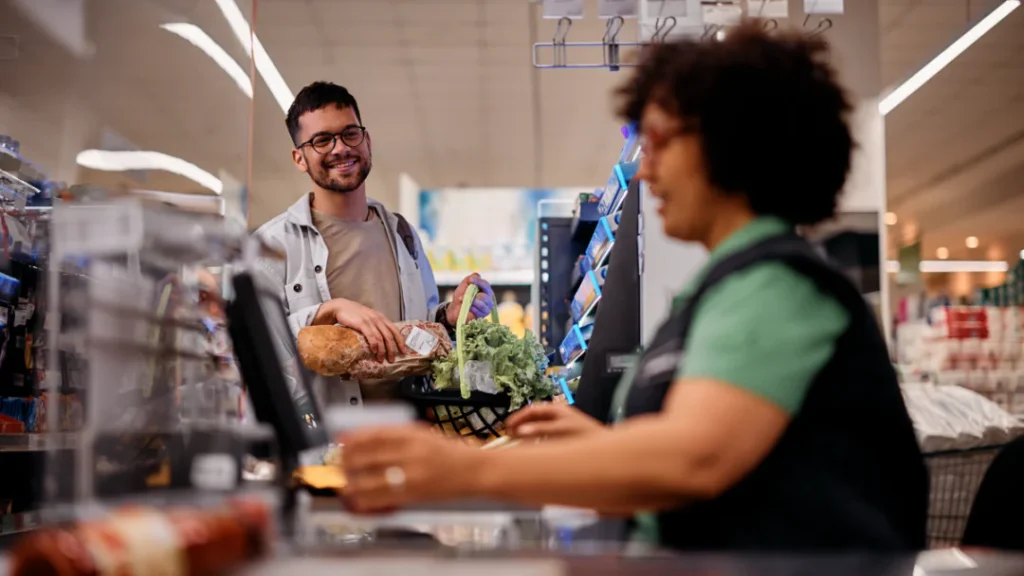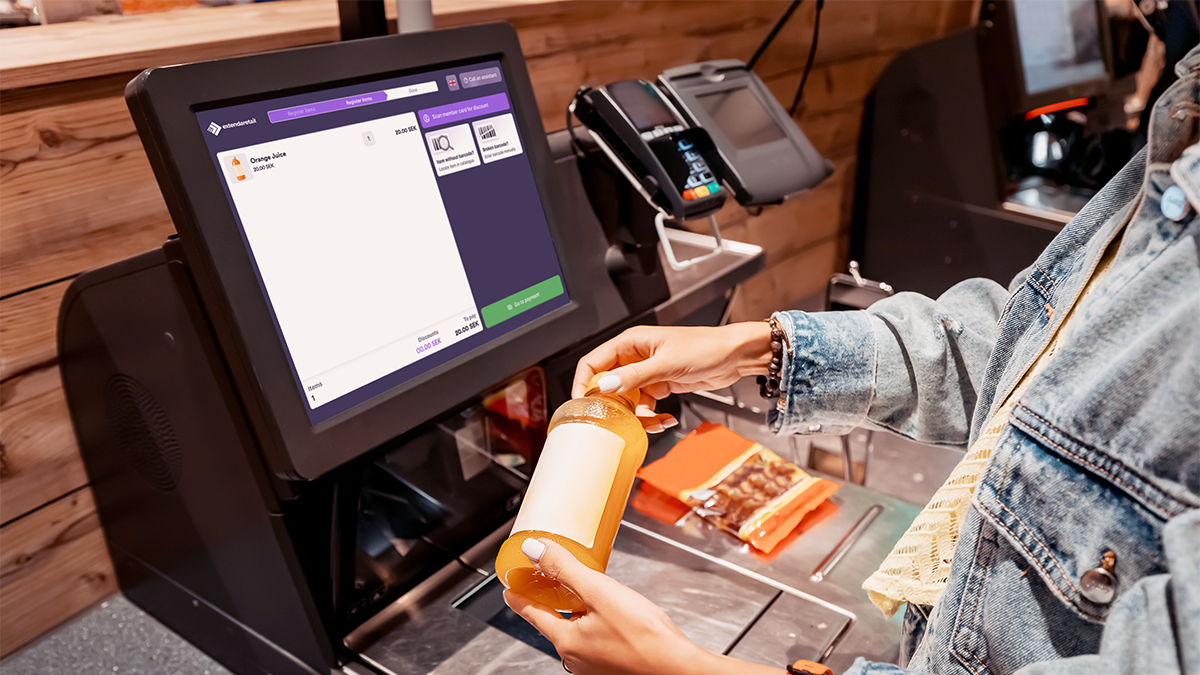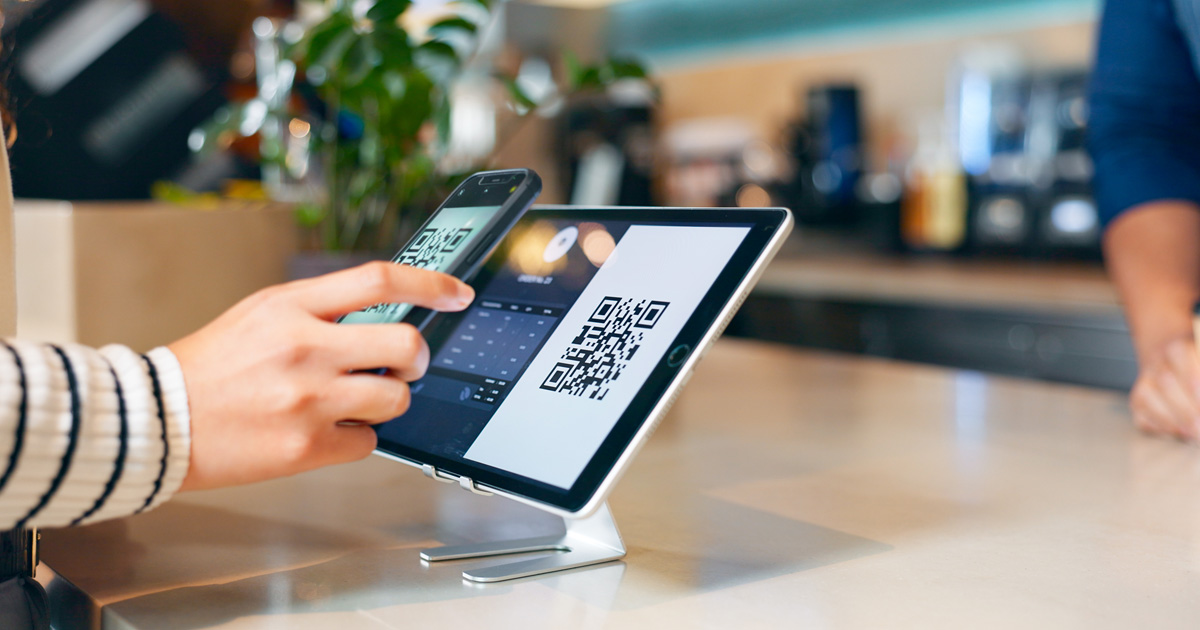POS Systems and Inventory Management: A Perfect Match for Restaurants

In the fast-paced world of restaurants, staying on top of operations is critical to success. From managing orders to providing excellent customer service, restaurant owners and managers have their hands full. Among these responsibilities, inventory management stands out as one of the most challenging yet crucial tasks. That’s where modern Point of Sale (POS) systems come into play. By integrating inventory management capabilities, POS systems provide restaurants with a seamless and efficient solution to track stock, reduce waste, and boost profitability.
The Importance of Inventory Management in Restaurants
Inventory management is the backbone of a restaurant’s operations. It ensures that ingredients are available when needed, minimizes food waste, and keeps costs under control. Poor inventory management can lead to overstocking, spoilage, or running out of essential items during peak hours—all of which can hurt a restaurant’s reputation and bottom line.
Traditional methods of tracking inventory, such as manual counting or spreadsheets, are time-consuming and prone to human error. They can also make it difficult to identify patterns or trends, leaving restaurants blind to potential areas of improvement. This is why many modern restaurants are turning to POS systems that integrate inventory management.
How POS Systems Simplify Inventory Management
POS systems have evolved far beyond their original purpose of processing transactions. Today, they serve as comprehensive tools that can manage multiple aspects of restaurant operations, including inventory. Here’s how POS systems simplify inventory management:
- Real-Time Tracking: Modern POS systems track inventory in real-time, updating stock levels automatically whenever a sale is made. For example, if a customer orders a pizza, the system deducts the corresponding amount of dough, sauce, and toppings from the inventory.
- Automated Alerts: With a POS system, restaurant managers can set up alerts to notify them when stock levels are low. This ensures timely reordering and prevents the risk of running out of key ingredients during busy hours.
- Waste Management: POS systems help restaurants track waste by recording ingredients that are discarded due to spoilage or over-preparation. This data can be used to identify patterns and make adjustments to reduce waste.
- Recipe Management: Many POS systems allow restaurants to input recipes, linking menu items directly to the ingredients used. This feature ensures accurate stock deductions and helps with cost analysis.
- Integration with Suppliers: Advanced POS systems can integrate with suppliers, streamlining the reordering process. Some systems even offer predictive ordering based on sales trends, ensuring that restaurants always have the right amount of stock on hand.
Benefits of Combining POS Systems with Inventory Management
The integration of POS systems and inventory management offers numerous benefits to restaurants, including:
- Increased Efficiency: Automating inventory tracking reduces the time and effort spent on manual stock counts, allowing staff to focus on other tasks.
- Cost Savings: By minimizing overstocking and waste, POS systems help restaurants save money. Accurate tracking also prevents under-ordering, which can lead to lost sales.
- Better Decision-Making: POS systems provide valuable insights into inventory trends, helping managers make informed decisions about menu planning, pricing, and promotions.
- Improved Customer Experience: Running out of popular menu items can frustrate customers. With a POS system, restaurants can ensure consistent availability of ingredients, leading to higher customer satisfaction.
- Scalability: As restaurants grow, managing inventory becomes increasingly complex. A POS system with robust inventory features can scale with the business, making it easier to handle larger volumes of stock and sales.
Choosing the Right POS System for Inventory Management
Not all POS systems are created equal, so it’s essential to choose one that meets the specific needs of your restaurant. Look for a system with:
- Comprehensive Inventory Features: Ensure the POS system includes real-time tracking, recipe management, and waste tracking.
- Ease of Use: The system should be intuitive and user-friendly, making it easy for staff to learn and use.
- Integration Capabilities: Check if the POS system can integrate with accounting software, supplier platforms, and other tools you use.
- Scalability: Choose a system that can grow with your restaurant, accommodating more locations or higher sales volumes.
- Customer Support: Reliable customer support is crucial for addressing technical issues quickly.
Conclusion
In today’s competitive restaurant industry, efficiency and cost control are more important than ever. POS systems with integrated inventory management provide restaurants with a powerful tool to streamline operations, reduce waste, and improve profitability. By automating tedious tasks and offering valuable insights, these systems free up time and resources, allowing restaurant owners and managers to focus on what they do best—delivering exceptional dining experiences.
If you’re considering upgrading your restaurant’s POS system, make sure to prioritize inventory management features. The right system can be a game-changer, transforming inventory management from a headache into a strategic advantage.






